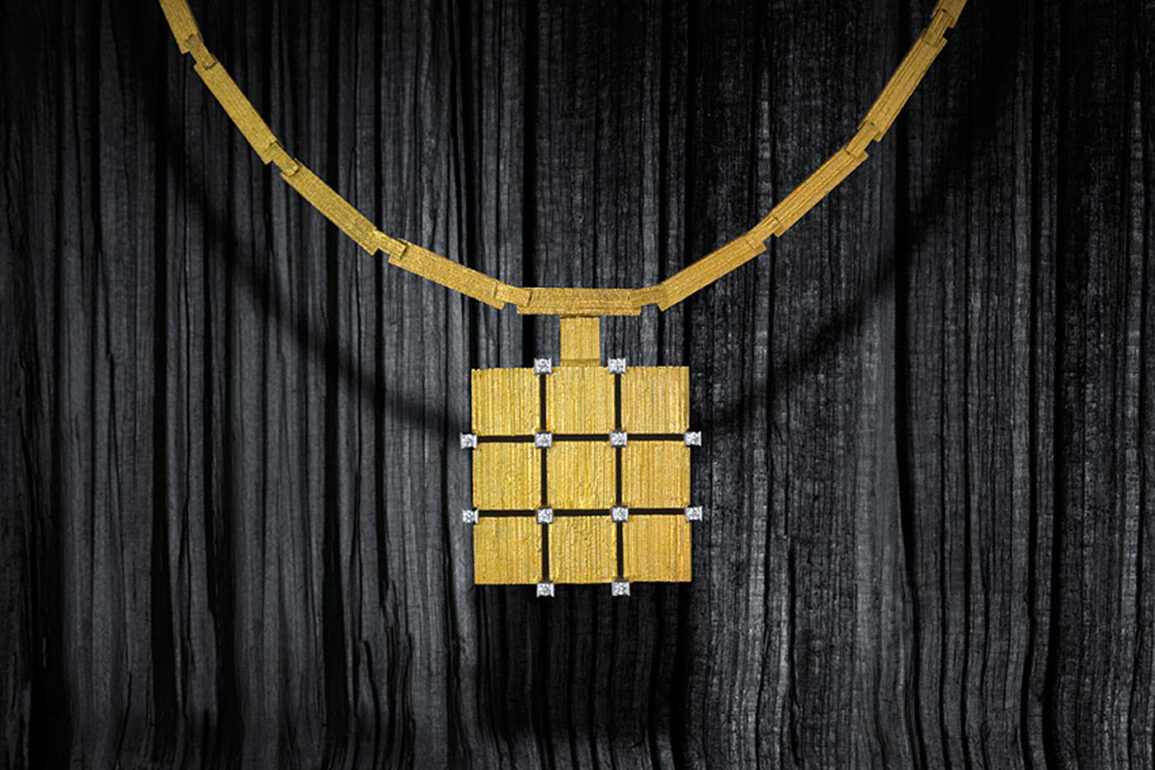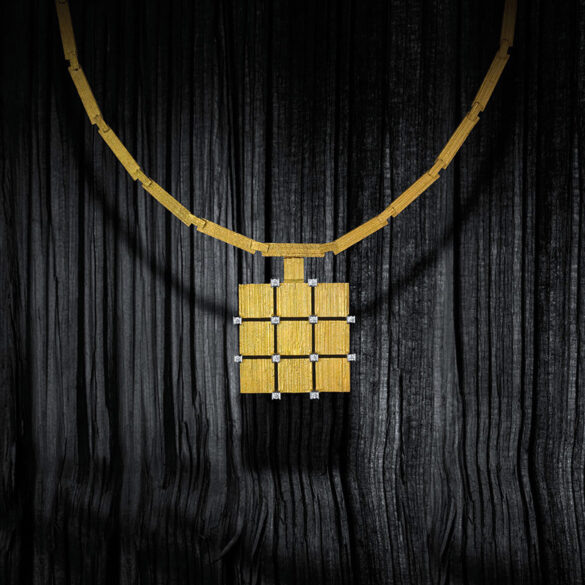Björn Weckström is an artist whose work continues to resonate with me as I move through my own life. His jewelry from the 1960s and 1970s takes on new meaning and appreciation as I recall the motifs and shapes of the Modernist movement of that era. What once looked dated to me, is now refreshing and edgy in its retro look that recalls the shapes and textures of that time. To me, this is the mark of a true classicism in jewelry design, or art for that matter.
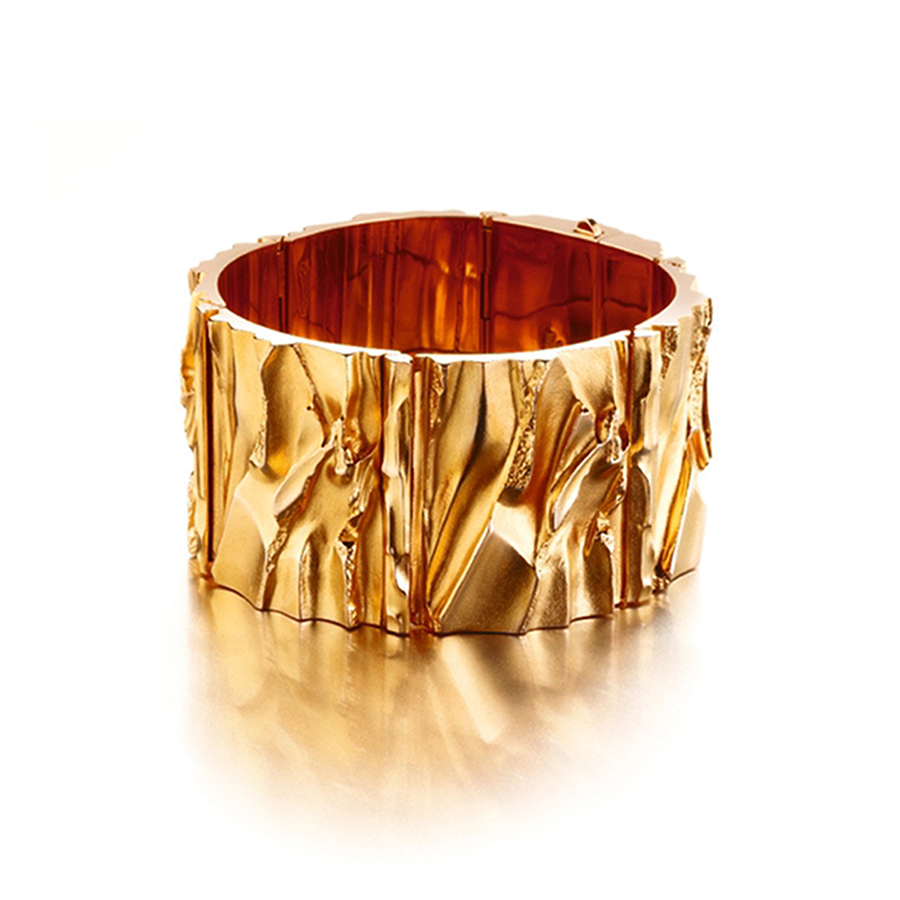
Graduating in 1956 from Helsinki Goldsmith’s school, Weckström began to design clear, plain and geometrical silver jewelry that was in keeping with the spirit of the time. Inspired by his bold experimental designs and believing in his visions, his goldsmith school
classmate, Pekka Anttila, invited Weckström to join him as a designer at his company Kruunu Koru in 1963. This marked the start of fruitful cooperation and a new style in jewelry design. In the same year, at Weckström’s suggestion, the company changed its name to Lapponia Jewelry, which was exotic sounding but also easily comprehensible both in Finland and abroad.
Weckström’s uneven matte gold jewelry, which resembled gold nuggets from Finnish Lapland, quickly gained worldwide recognition. Lapponia’s gold jewelry soon sold out in Central Europe and international recognition paved the way for the new kind of design to
succeed also in Finland.
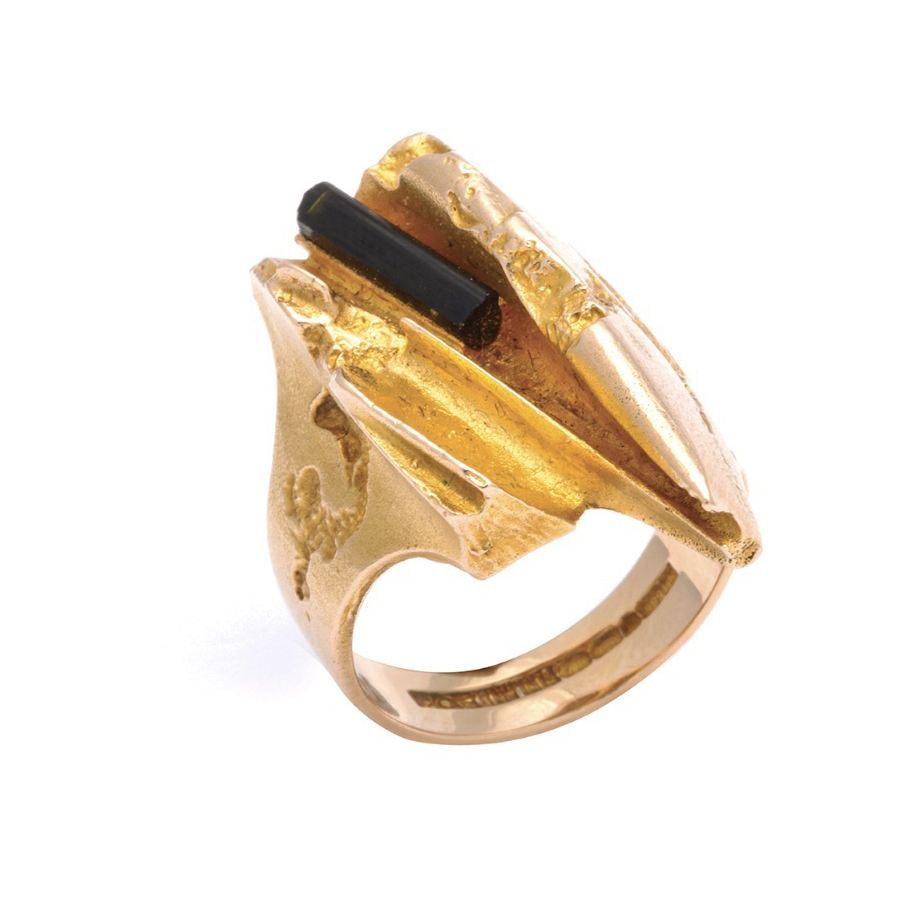
“I saw gold from Lapland as a warm material,” Weckström says as he remembers his travels in Lapland, including a trip to dig for gold at the river Lemmenjoki in the late 1950s. These trips provided the inspiration for the matte glow of genuine gold from Lapland.
In the late 1960s, Weckström had become interested in Zen Buddhism and meditation. The small figures in his silver jewelry depict a human’s relationship with the surrounding world and the universe. The epoch-making event of the era, man setting foot on the moon, also captivated Weckström’s mind. “All these factors contributed to the designs known as my space silver jewelry,” Weckström said. “My interpretation of space was not only about outer space but also the inner space of people.” The best known of his jewelry is Planetaariset Laaksot designed for Lapponia in 1969. This piece of jewelry adorned Princess Leia in the 1977 film “Star Wars”.
At the beginning of the 1970s, Lapponia acquired an acrylic mass production machine from Germany. Weckström sketched jewelry with the intention of producing even, bright acrylic masses to accompany silver. However, the machine blew out steam that formed air bubbles in the acrylic mass. At first, the production staff found this to be an unfortunate error, but Weckström realized that the random bubbles gave the jewelry an exciting character. Combined with blue, green, red, and purple color pigments and tiny chips of gold, the acrylic mass turned into unique, original pieces of jewelry. The most well-known pieces from this line include the pendants ‘Space Apple’ and ‘Kilimanjaro’, and the ‘Petrified Lake’ ring.
In addition to gold, silver and resin jewelry, Weckström’s sculptures in acrylic resin, marble, glass, and bronze reflect a love for the abstract elements found in nature, and a love for the contrasts in light and form found there.
My mother had a Lapponia Tourmaline Modernist ring she probably picked up on a trip to Finland in the 1970s. She wore it on her pinkie finger and it looked fabulous with her veiny, slightly-gnarly hands. It eventually disappeared into the distant realm that all loved jewelry goes, and so she looked for a replacement. I started honing my sleuthing skills not knowing the name Bjorn Weckström was the designer. Pretty soon my world opened up and I found hundreds of Lapponia stores in Europe, with a few in the US and UK. I was able to trace that particular ring to a merchant’s booth in an upcoming jewelry show here in Miami Beach, Florida. Alas, when we went to see it, the rich deep orange color of this particular 14kt gold ring didn’t look so desirable.
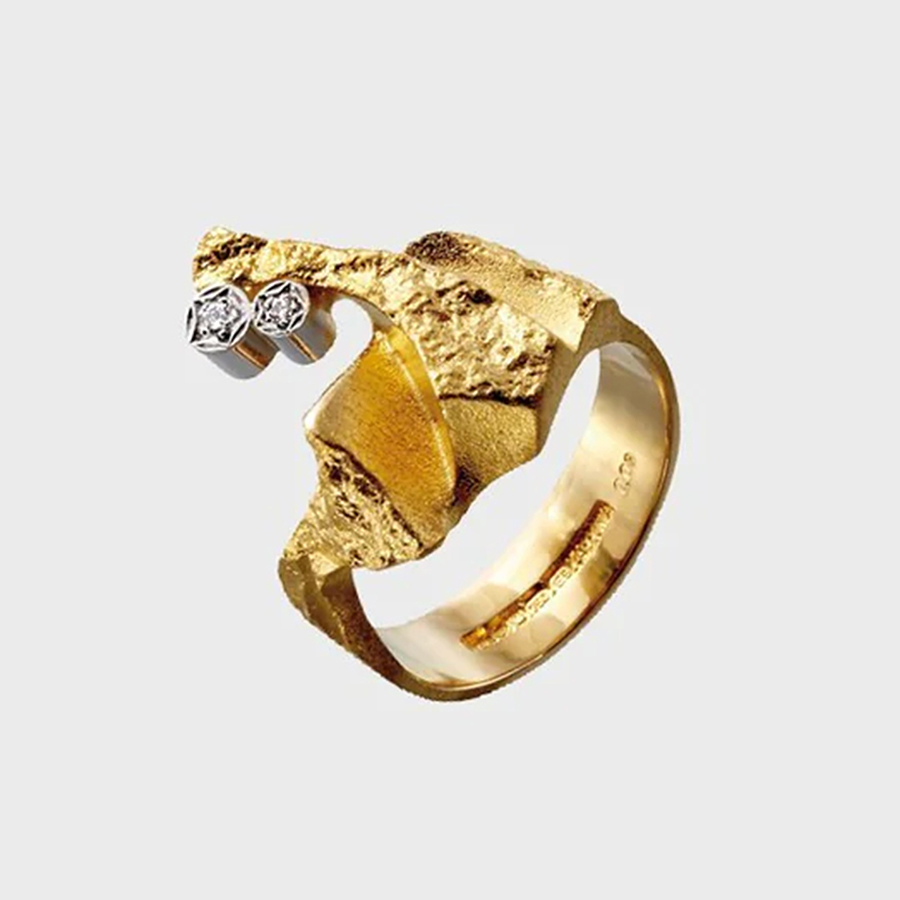
But she did purchase another similar 1974 Weckström ring that day. Called the ‘Diamond Twig’ ring, it appears as a soft glow of matte gold ‘chunk’ with two sparkling diamonds set in platinum. It’s organic, it’s sculpturesque, and she gifted it to me a few months later. It fits my own very gnarly fingers just fine.

